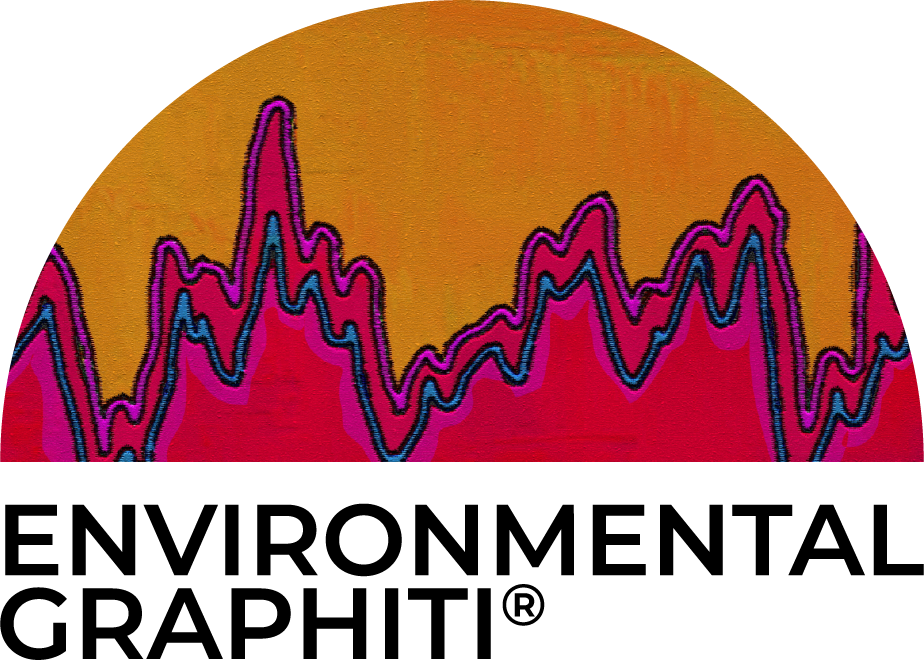Vector-Borne Diseases
The Art
The Sketch
What’s Alarming
“The rapid warming of the Earth, caused by anthropogenic greenhouse gas emissions, has profound long-term implications for the prevention and control of vector-borne diseases. Put simply, vectors, which are ectotherms (that is, cold-blooded animals), do better in a warmer world…”
“…Among vector-borne diseases, malaria is the major killer, causing an estimated 620,000 deaths in 2017 (most occurring in Africa), followed by dengue, with an estimated 40,500 deaths (most occurring in Asia)”6. The estimated number of incident cases in 2017 was 209 million for malaria and 105 million for dengue7. While most other vector-borne neglected tropical diseases are seldom fatal, they involve chronic infections that confer substantial disability. In 2017, an estimated 65 million people were living with lymphatic filariasis, 143 million with schistosomiasis, 21 million with onchocerciasis, 6.2 million with Chagas disease and 4.1 million with leishmaniasis...”
“…Climate can affect the transmission dynamics, geographic spread and re-emergence of vector-borne diseases through multiple pathways, including direct effects on the pathogen, the vector, non-human hosts and humans. In addition to having direct effects on individual species, climate change can alter entire ecosystem habitats (including urban habitats), in which vectors or non-human hosts may thrive or fail…”*
“At least 10,000 virus species have the capacity to infect humans, but at present, the vast majority are circulating silently in wild mammals... However, climate and land use change will produce novel opportunities for viral sharing among previously geographically-isolated species of wildlife... In some cases, this will facilitate zoonotic spillover—a mechanistic link between global environmental change and disease emergence.**
“Over the next 50 years, climate change will drive thousands of viruses to jump from one species of mammal to another, according to a study published in Nature on [April 28, 2022]. The shuffling of viruses among animals may increase the risk that one will jump into humans and cause a new pandemic, the researchers said.”
*Rocklöv, J., Dubrow, R. Climate change: an enduring challenge for vector-borne disease prevention and control. Nat Immunol 21, 479–483 (2020). https://doi.org/10.1038/s41590-020-0648-y
**Carlson, C.J., Albery, G.F., Merow, C. et al. Climate change increases cross-species viral transmission risk. Nature (2022). https://doi.org/10.1038/s41586-022-04788-w
***Climate Change Will Accelerate Viral Spillovers, Study Finds, New York Times, May 3, 2022
